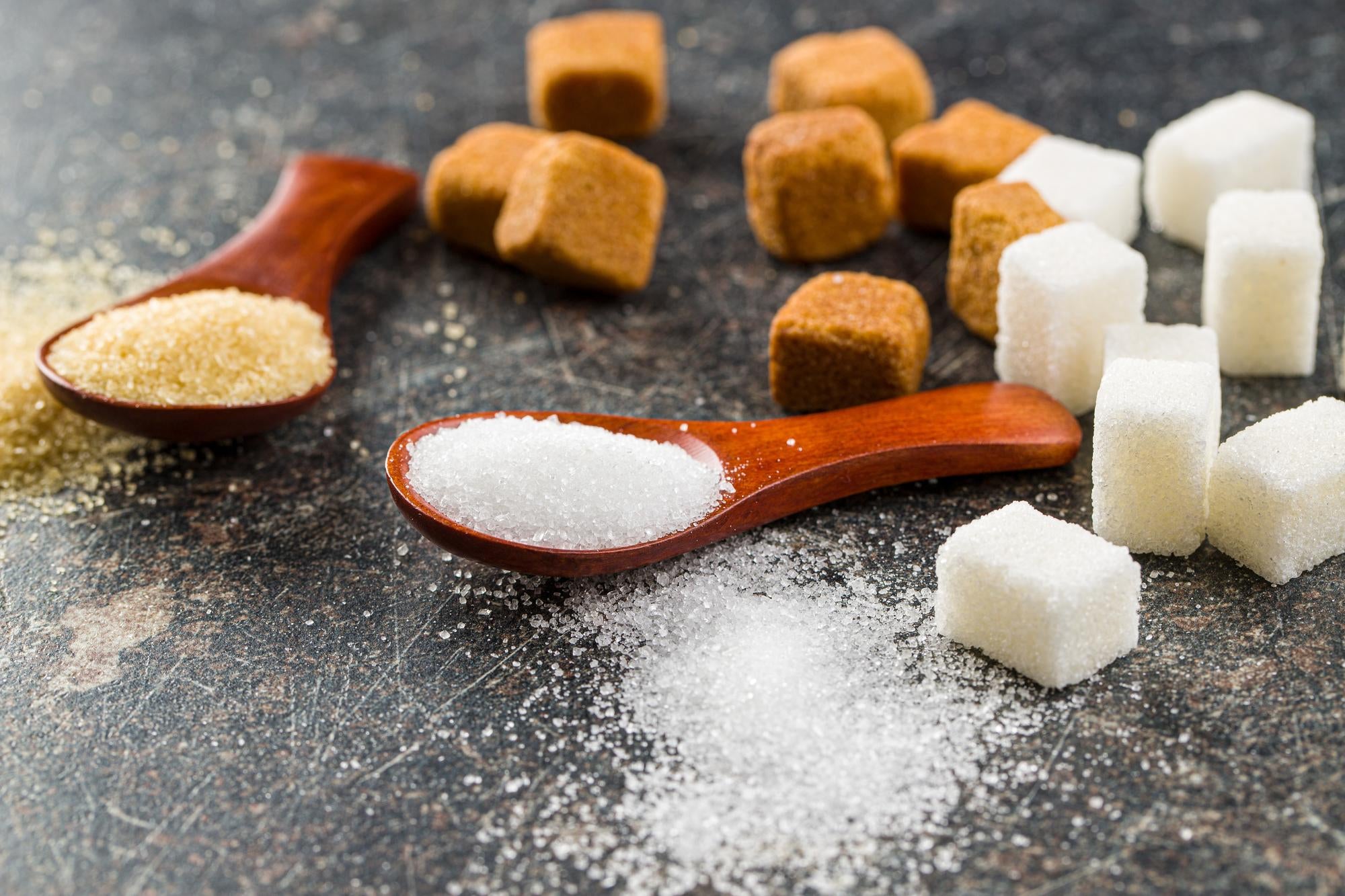Discovering the Differences in Uses and Advantages Between Beet Sugar Vs Cane Sugar
In the cooking globe, the option in between beet sugar and cane sugar is not merely concerning sweetness however entails a nuanced consideration of taste, application, and influence. While both sugars stem from different plants, each undertakes unique production procedures that discreetly affect their qualities and suitability for numerous dishes.
Beginnings and Production Processes of Beet and Cane Sugar

Walking stick sugar, on the various other hand, comes from the sugarcane plant, an exotic yard native to Southeast Asia however currently grown in exotic areas worldwide - beet sugar vs cane sugar. The manufacturing of cane sugar begins with the harvesting of cane stalks, which are crushed to release the juice.

Nutritional Content and Wellness Considerations

When contrasting the nutritional content of beet sugar and cane sugar, it becomes evident that both kinds basically supply the exact same caloric worths, with around 16 calories per tsp and no significant nutrient diversity. Both sugars, when eaten in excess, can contribute to elevated blood sugar degrees, a threat aspect for diabetic issues and other metabolic disorders. From a wellness point of view, moderating consumption of any type of type of sugar, whether from beet or cane, is advisable to prevent these possible unfavorable effects on health.
Taste Profiles and Culinary Applications
In spite of their comparable chemical frameworks, beet sugar and cane sugar vary discreetly in flavor, which can my explanation influence their use in different cooking contexts. Walking cane sugar often brings a hint of molasses, even in its refined form, providing a cozy, caramel-like get redirected here touch that boosts baked items, coffee, and chocolate-based recipes. On the other hand, beet sugar is characterized by its extremely improved, neutral preference, making it a functional sugar that does not modify the taste accounts of meals.
Ecological Influence and Sustainability
While both beet and cane sugars are derived from plants, their ecological effects differ significantly due to the distinctive techniques of cultivation and handling needed for each. Sugar beet cultivation usually includes comprehensive automation, which can increase fossil gas consumption and carbon exhausts.
Additionally, the processing of sugarcane usually creates a significant quantity of waste, including bagasse, which, although functional as biofuel, frequently adds to air pollution if burned inefficiently. Sugar beet handling uses more of the raw materials, causing less waste. Both sectors deal with obstacles in lowering their environmental impacts, but ongoing advancements in agricultural methods and waste monitoring are aiming to boost sustainability.
Economic Factors Influencing the Sugar Market
The economic dynamics of the sugar industry are considerably influenced by global market needs and profession plans. In areas where sugarcane or sugar beet production is subsidized, producers may have a financial advantage that enables them to offer reduced rates on the international market.
Furthermore, changes in worldwide demand for sugar, affected by nutritional patterns and industrial usage in food items, directly impact rates and manufacturing degrees. beet sugar vs cane sugar. Climate condition also play an essential function, as they can dramatically influence crop returns and, as a result, the supply chain. This variability presents a level of economic uncertainty that can result in financial investment volatility in sugar manufacturing markets, influencing choices from growing to market technique
Verdict
In verdict, both beet website here and cane sugar have distinct qualities that match different cooking requirements. While cane sugar conveys an abundant flavor suitable for enhancing baked items, beet sugar's neutrality is excellent for lighter meals. Nutritional similarities regardless of, their distinct production procedures and ecological impacts include complexity to the option between them. Therefore, understanding these distinctions helps cooks and consumers make educated decisions that straighten with their health and wellness, culinary, and moral choices.